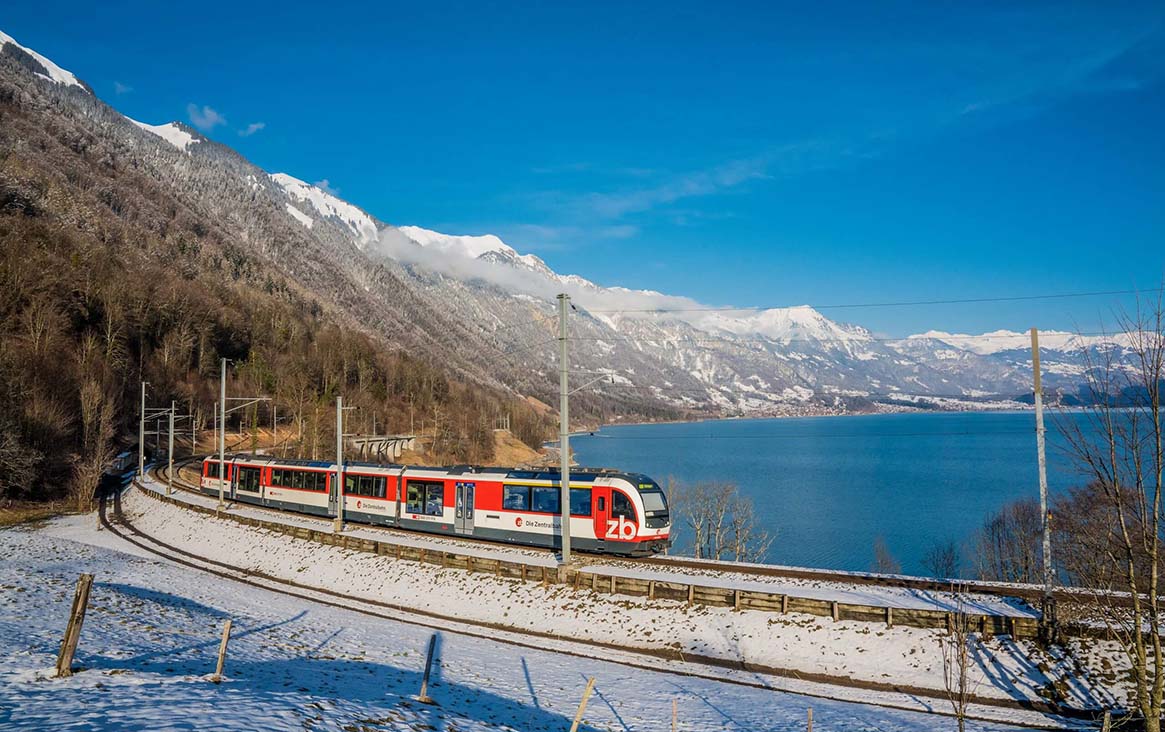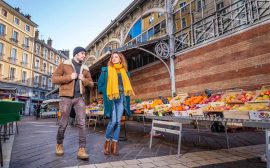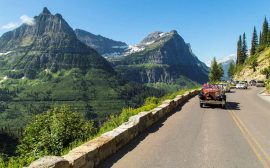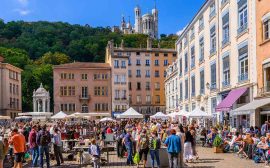Lucerne, a picturesque city in Switzerland, is known for its stunning lakes, breathtaking mountain views, and rich history. Whether you’re visiting for a short stay or a longer vacation, getting around Lucerne efficiently will enhance your experience. As someone who has traveled extensively throughout Switzerland, I’ve come to appreciate the convenience and reliability of the public transport system in Lucerne.
Lucerne’s Public Transport System
Lucerne boasts an extensive public transport network that includes trains, trams, buses, and boats. Operated primarily by the Swiss Federal Railways (SBB) and the local transport company, Verkehrsbetriebe Luzern (VBL), the system is known for its punctuality, cleanliness, and efficiency. Here’s a closer look at each mode of transport available in Lucerne:
Trains
Trains are an excellent way to travel not just within Lucerne but also to other Swiss cities and attractions. The main train station, Lucerne Bahnhof, is centrally located and connects to major cities such as Zurich, Bern, and Geneva. I found the train service to be frequent and reliable, making it easy to plan day trips to nearby destinations.
Trams
Lucerne has a small but effective tram system that operates within the city. The trams are a convenient way to get to various neighborhoods and attractions. I frequently used tram line 1, which runs along the lake and provides a scenic route to key sites.
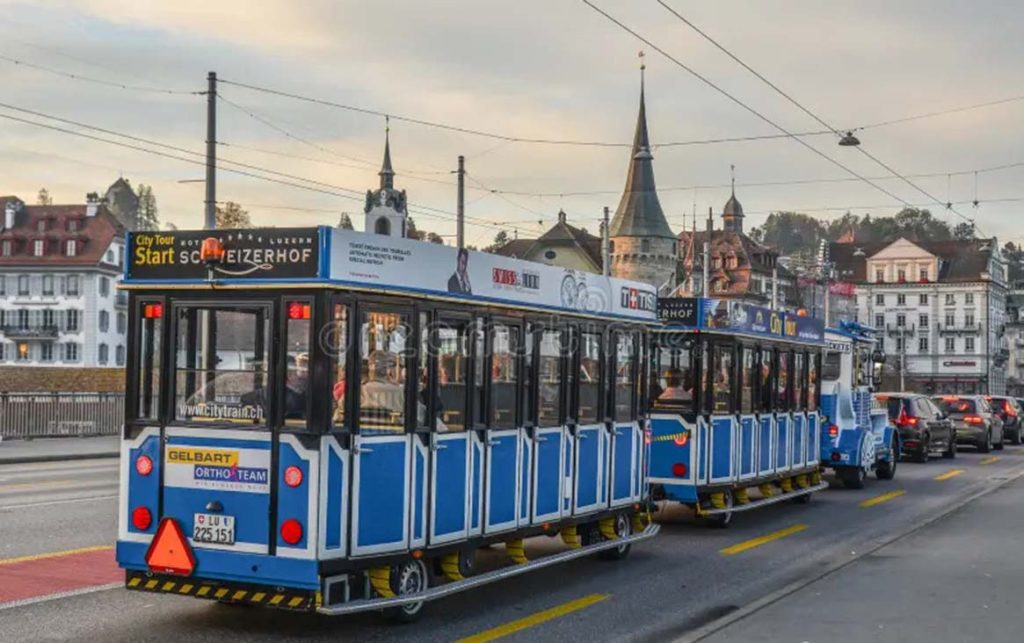
Buses
Buses complement the tram system and extend the reach of public transport throughout the city and surrounding areas. They are particularly useful for reaching destinations not served by trams. I often took the bus to visit attractions like the Richard Wagner Museum.
Boats
Lucerne is situated on the shores of Lake Lucerne, making boat travel a unique and scenic option. The Lake Lucerne Navigation Company operates regular boat services that connect various points around the lake. Taking a boat ride is not only a means of transport but also an opportunity to enjoy breathtaking views of the mountains and shoreline. I particularly enjoyed a boat trip to Vitznau, where I later took the cogwheel train up to Rigi.
Tickets and Fare System
Understanding the ticketing system is crucial for using public transport in Lucerne. Here’s what you need to know:
Ticket Types
- Single Tickets: These are valid for a one-way trip within the designated zones.
- Day Passes: A great option if you plan to use public transport multiple times in one day. They allow unlimited travel within the selected zones.
- Regional Travel Passes: If you plan to explore more extensively, consider regional passes that cover multiple transport modes and can be cost-effective for day trips.
Buying Tickets
Tickets can be purchased from machines located at train and tram stations, online through the SBB app, or at ticket counters. I found the machines to be user-friendly, with options in several languages, including English. When using the machines, it’s helpful to know your destination and the zones you’ll be traveling through to select the appropriate ticket.
Validating Tickets
In Lucerne, most tickets do not require validation. However, be sure to check your ticket upon purchasing, as some regional tickets might have specific requirements. It’s essential to keep your ticket handy during your journey, as random inspections can occur, and failing to present a valid ticket can result in a fine.
Tips for Using Public Transport in Lucerne
Navigating the public transport system in Lucerne is relatively straightforward, but here are some tips to enhance your experience:
1. Download the SBB Mobile App
The SBB Mobile App is an invaluable tool for travelers. It provides real-time information on train and tram schedules, platform changes, and ticket purchases. I used the app frequently to check train times for my day trips, and it was incredibly reliable.
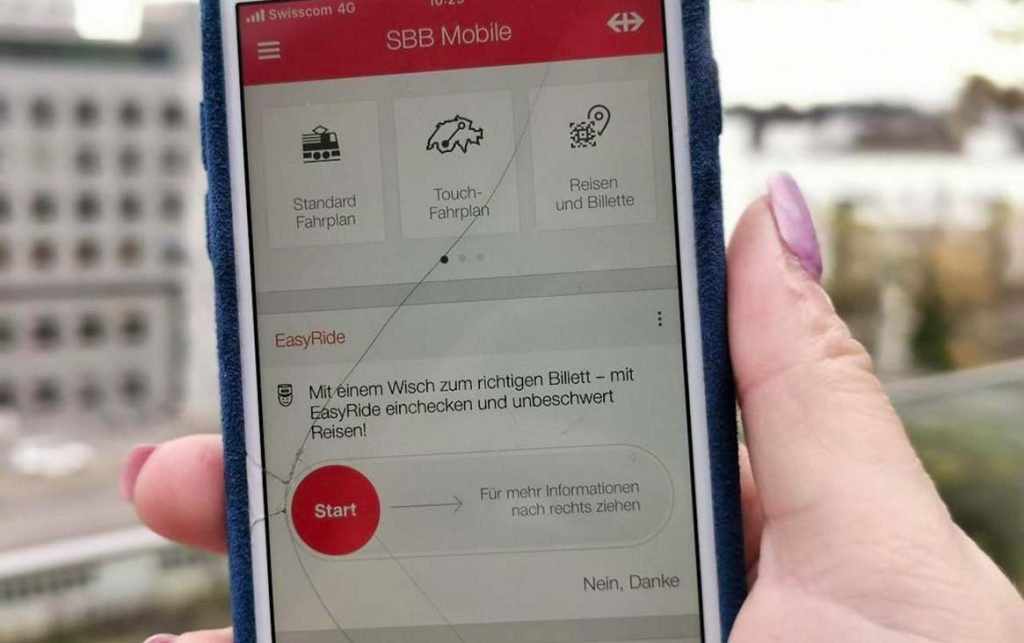
2. Know the Transport Zones
Lucerne operates on a zoned fare system. Familiarizing yourself with the zones can help you avoid unexpected costs. Most of the city falls within Zone 1, which includes the main attractions and neighborhoods. When traveling further afield, be sure to check the zone requirements for your ticket.
3. Be Punctual
Swiss public transport is renowned for its punctuality, and Lucerne is no exception. Trains and trams typically depart on time, so it’s best to arrive at your platform a few minutes early. I learned this lesson the hard way once when I almost missed my train to Interlaken!
4. Plan for Peak Times
While Lucerne is not as crowded as larger cities, there are peak times, especially during the summer tourist season. Mornings and evenings during weekdays can see an increase in commuters. If you prefer a quieter experience, try to travel during off-peak hours.
5. Utilize Public Transport for Sightseeing
Many attractions in Lucerne are easily accessible by public transport. Consider using the tram or bus to reach sites like the Chapel Bridge, Lion Monument, and Old Town. It’s a pleasant way to enjoy the city while saving energy for exploring.
Navigating Lucerne’s Attractions by Public Transport
Here’s how I used public transport to visit some of the key attractions in Lucerne:
Chapel Bridge (Kapellbrücke)
Starting my day in Lucerne, I took a short walk from my hotel to the train station and hopped on tram line 1 to Chapel Bridge. The bridge is one of the most famous landmarks in Lucerne, known for its beautiful wooden structure and charming paintings depicting historical events. The tram dropped me off just a short walk away, and I was able to snap photos of the bridge and the stunning lake views.
The Swiss Transport Museum (Verkehrshaus)
One of my favorite visits was to the Swiss Transport Museum, which I reached by taking tram line 1. The museum showcases Switzerland’s rich history of transport, including trains, planes, and automobiles. The tram ride was comfortable, and I enjoyed watching the city pass by. I spent hours exploring the museum, which was both educational and entertaining, especially the interactive exhibits.

Mount Pilatus
For a day trip to Mount Pilatus, I started by taking a boat from Lucerne to Alpnachstad, where I boarded the cogwheel train. This journey was seamless, and the boat ride offered stunning views of the lake and mountains. Upon reaching the summit, I enjoyed a hike and took in the breathtaking scenery. The return journey involved a cable car ride to Kriens, where I hopped on a bus back to Lucerne. The entire trip was well-coordinated, showcasing how effective public transport can be for accessing attractions.
Richard Wagner Museum
To visit the Richard Wagner Museum, I took a bus from the city center. The museum is situated in the former residence of the composer, set in a beautiful park by the lake. The bus ride was quick, and upon arriving, I was captivated by the stunning views of the lake and the surrounding gardens. The museum itself provided a fascinating insight into Wagner’s life and work.
Old Town (Altstadt)
Lucerne’s charming Old Town is easily reachable by tram. I took tram line 2 from the main station and got off near Weinmarkt, a picturesque square surrounded by colorful buildings and historical landmarks. The walk through the Old Town was delightful, with narrow streets, shops, and cafes. It was an ideal way to enjoy the ambiance of Lucerne.
Accessibility of Public Transport
Lucerne’s public transport system is generally accessible for travelers with reduced mobility. Most trams and buses are equipped with low floors for easy boarding, and the train stations feature ramps and elevators. The SBB Mobile App also indicates which trains and stations are accessible. During my travels, I observed staff being helpful and accommodating, ensuring that everyone could enjoy the public transport experience.
Safety and Etiquette
Traveling on public transport in Lucerne is safe and straightforward. Here are a few etiquette tips to keep in mind:
- Give Up Your Seat: If you see someone who needs a seat more than you do, such as elderly passengers or pregnant women, it’s polite to offer yours.
- Keep Noise Levels Down: Keep conversations at a reasonable volume and avoid loud music or phone calls to respect fellow passengers.
- Stay Aware of Your Belongings: As with any public transport system, keep an eye on your belongings, especially during peak hours or crowded situations.
- Follow Signs and Announcements: Lucerne’s public transport is well-signposted, and announcements are made in multiple languages, making it easy to navigate.
Getting around Lucerne using public transport is an experience in itself, blending convenience with the opportunity to soak in the beautiful Swiss landscapes. The network of trains, trams, buses, and boats makes traveling easy and enjoyable, allowing you to explore the city and beyond without the hassle of driving.
During my travels, I discovered that embracing public transport not only saved me money but also gave me a unique perspective on the city and its people. I encourage fellow travelers to take advantage of Lucerne’s public transport system and enjoy all the sights and experiences this remarkable city has to offer.
